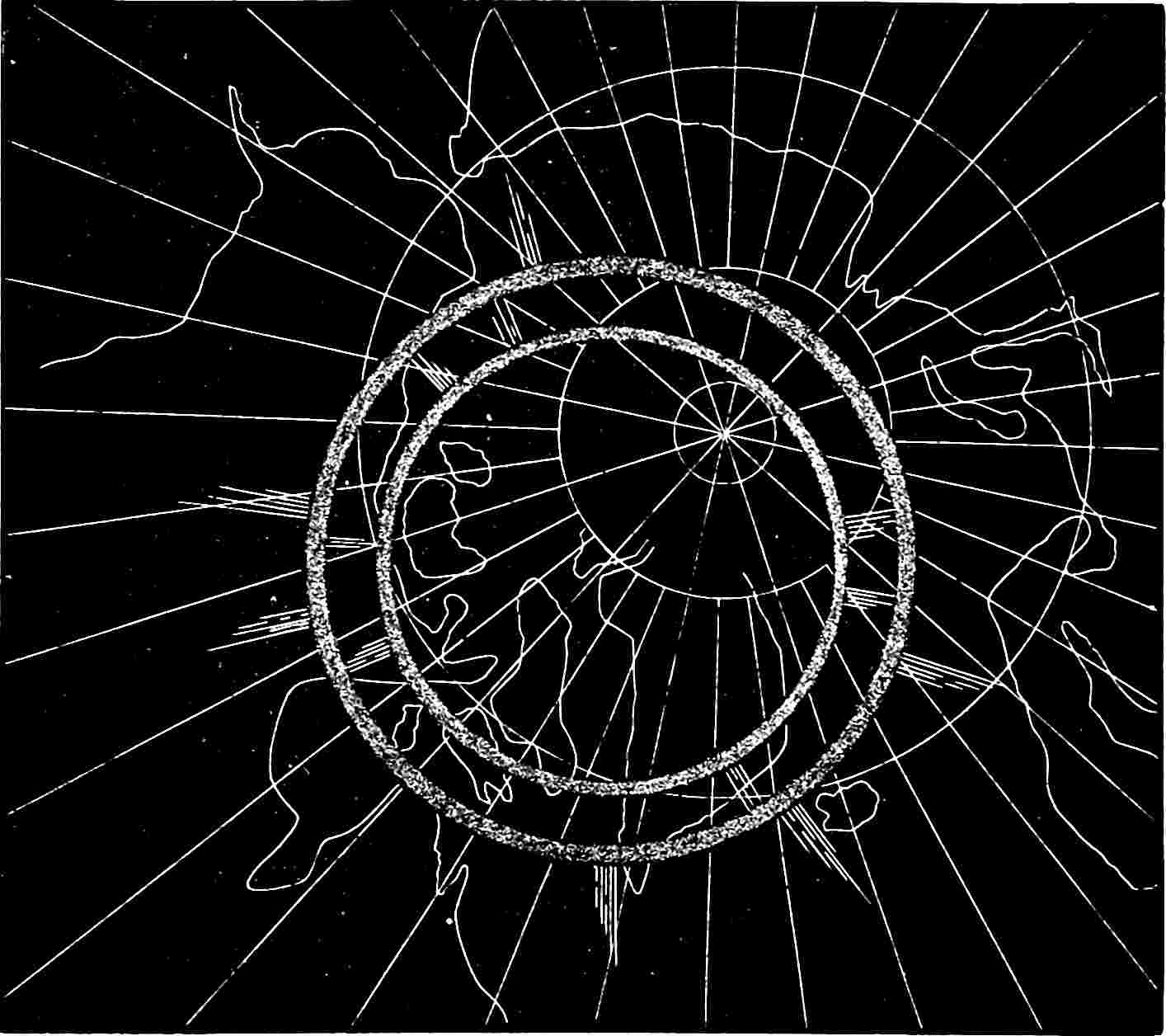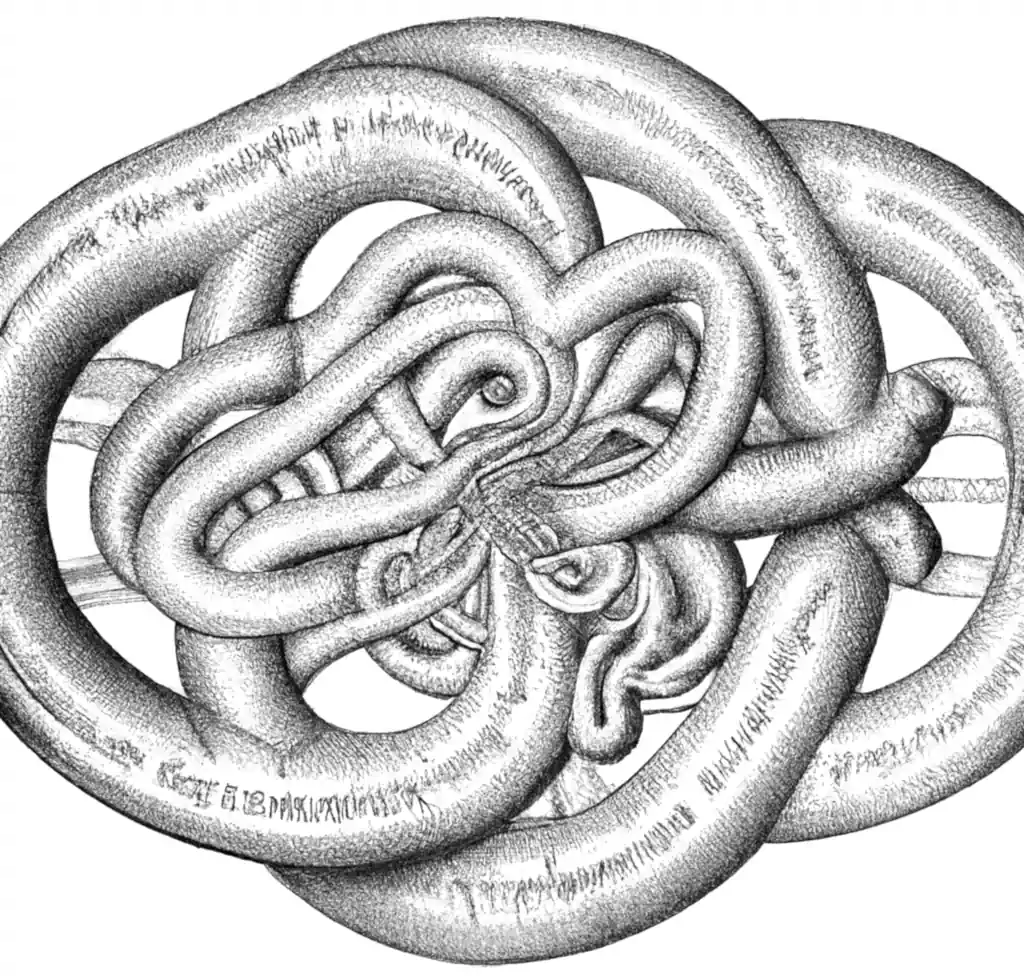Natural gradient descent
Climbing slower on the tricky bits
2019-07-17 — 2020-05-26
Wherein the ordinary gradient is found inadequate and the direction of steepest descent is defined by the Fisher information, so gradients are rescaled to respect KL divergence between probability distributions.
A placeholder.
Gradient descent with the natural gradient, or a close approximation thereto. Related: Information geometry, which formalises and generalises this. What is that natural gradient then?
Salimbeni, Eleftheriadis, and Hensman (2018):
The ordinary gradient turns out to be an unnatural direction to follow for variational inference since we are optimising a distribution, rather than a set of parameters directly. One way to define the gradient is the direction that achieves maximum change subject to a perturbation within a small Euclidean ball. To see why the Euclidean distance is an unnatural metric for probability distributions, consider the two Gaussians \(\mathcal{N}(0, 0.1)\) and \(\mathcal{N}(0, 0.2)\), compared to \(\mathcal{N} (0, 1000.1)\) and \(\mathcal{N}(0, 1000.2)\). The former pair are different and the latter similar, yet in Euclidean distance they are equally far apart in the mean and variance. Using the precision in place of the variance gives the opposite result, yet the distributions are unchanged. There is a fundamental mismatch between the ordinary gradient and the objective function: the gradient is dependent on parameterisation whereas the objective function is not.
Fortunately there is a way to solve the disparity: the natural gradient. The natural gradient can be defined as the direction that achieves maximum change in KL divergence. It is well known that paths following the natural gradient are invariant to reparameterisation (see e.g., Martens (2020)), and that the natural gradient direction is the ordinary gradient rescaled by the inverse Fisher information matrix (Amari 1998).
Martens (2020) says
Natural gradient descent is an optimisation method traditionally motivated from the perspective of information geometry, and works well for many applications as an alternative to stochastic gradient descent. In this paper we critically analyse this method and its properties, and show how it can be viewed as a type of approximate 2nd-order optimisation method, where the Fisher information matrix can be viewed as an approximation of the Hessian. This perspective turns out to have significant implications for how to design a practical and robust version of the method. Additionally, we make the following contributions to the understanding of natural gradient and 2nd-order methods: a thorough analysis of the convergence speed of stochastic natural gradient descent (and more general stochastic 2nd-order methods) as applied to convex quadratics, a critical examination of the oft-used “empirical” approximation of the Fisher matrix, and an analysis of the (approximate) parameterisation invariance property possessed by natural gradient methods, which we show still holds for certain choices of the curvature matrix other than the Fisher, but notably not the Hessian.
Returning to Salimbeni, Eleftheriadis, and Hensman (2018):
Our fundamental problem is to minimise \(-\mathcal{L}(\xi)\). All the approaches we consider find a sequence of parameters \(\left\{\boldsymbol{\xi}_{t}\right\}_{t=0}^{T}\) using the iterative update
\[\boldsymbol{\xi}_{t+1}=\boldsymbol{\xi}_{t}-\gamma_{t} \mathrm{P}_{t}^{-1} \mathbf{g}_{t}, \quad \mathbf{g}_{t}=\left.\nabla_{\xi}^{\top} \mathcal{L}\right|_{\xi=\xi_{t}}\] where \(\gamma_{t}\) denotes the step size and \(\mathrm{P}_{t}^{-1} \mathbf{g}_{t}\) the direction
Natural gradient descent (NGD). Another way of interpreting the update \((\sqrt{5})\) is to use the fact that the direction of steepest descent with respect to a norm \(\|\boldsymbol{\delta}\|_{\mathrm{A}}=\boldsymbol{\delta}^{T} \mathrm{A} \boldsymbol{\delta}\) is given by \(\mathrm{A}^{-1} \nabla_{\boldsymbol{\xi}}+\mathcal{L}\). (This can be seen by minimising \(\frac{1}{\epsilon} \mathcal{L}(\xi+\delta)\) subject to the constraint that \(\|\boldsymbol{\delta}\|_{\mathrm{A}}=\epsilon\) and letting \(\epsilon \rightarrow 0\).) Identifying \(\mathrm{P}\) with \(\mathrm{A},\) the update corresponds to the steepest descent with respect to the norm induced by the matrix \(\mathrm{P}\). Gradient descent (where \(\mathrm{P}\) is the identity and the induced metric is Euclidean) can therefore be seen as moving in the direction that maximises the change in objective with respect to the Euclidean norm of the parameters. The Euclidean norm is an unnatural way to compare two parameter vectors if the parameters correspond to distributions, however. If instead we consider the KL divergence between two distributions and take the small perturbation limit, we obtain \(\mathrm{KL}[q(\mathbf{u} ; \boldsymbol{\xi}), q(\mathbf{u} ; \boldsymbol{\xi}+\boldsymbol{\delta})]=\frac{1}{2} \delta^{\top}\left[\mathbb{E}_{q(\mathbf{u} ; \xi)} \nabla_{\xi}^{2} \log q(\mathbf{u} ; \boldsymbol{\xi})\right] \boldsymbol{\delta}+\mathcal{O}\left(\|\boldsymbol{\delta}\|^{3}\right) .\) Therefore, in a sufficiently small neighbourhood the KL divergence induces a quadratic norm with curvature given by the expected Hessian of the log density. This matrix is known as the Fisher information \(\mathbf{F}_{\xi}\).
\[ \mathbf{F}_{\xi}=-\mathbb{E}_{q(\mathbf{u} ; \xi)} \nabla_{\xi}^{2} \log q(\mathbf{u} ; \boldsymbol{\xi})\] The direction of steepest descent with respect to this norm is called the natural gradient \(\tilde{\nabla}_{\xi} \mathcal{L},\) given by the gradient scaled by the inverse Fisher information: \(\tilde{\nabla}_{\boldsymbol{\xi}} \mathcal{L}=\left(\nabla_{\boldsymbol{\xi}} \mathcal{L}\right) \mathbf{F}_{\boldsymbol{\xi}}^{-1}\) (Amari 1998)
Ahhhh.
1 Connection to Bayesian inference
One interesting family of methods the “Bayesian Learning Rule” tweaks Adam to more directly approximate Bayesian inference (M. E. Khan and Rue 2024) via natural gradients. See Bayes by Backprop.
2 Natural Policy Gradient
What the reinforcement learning people do? A brutally short explanation here, and a longer informal one here, and a downright lengthy one here.
3 Incoming
- An intuitive explanation of natural gradient descent
- Agustinus Kristiadi’s natural gradient summary (see also his Fisher Information Matrix intro)
- Cody Marie Wild
- Fascinating connection between Natural Gradients and the Exponential Family – Hodgepodge Notes – Gradient Descent by a Grad Student
- Part V: Efficient Natural-gradient Methods for Exponential Family - Wu Lin
- What is the natural gradient, and how does it work?
- Kenneth Tay on Fitting a generalized linear model (GLM)
- Manu Joseph, Natural Gradient. A better gradient for gradient descent?

